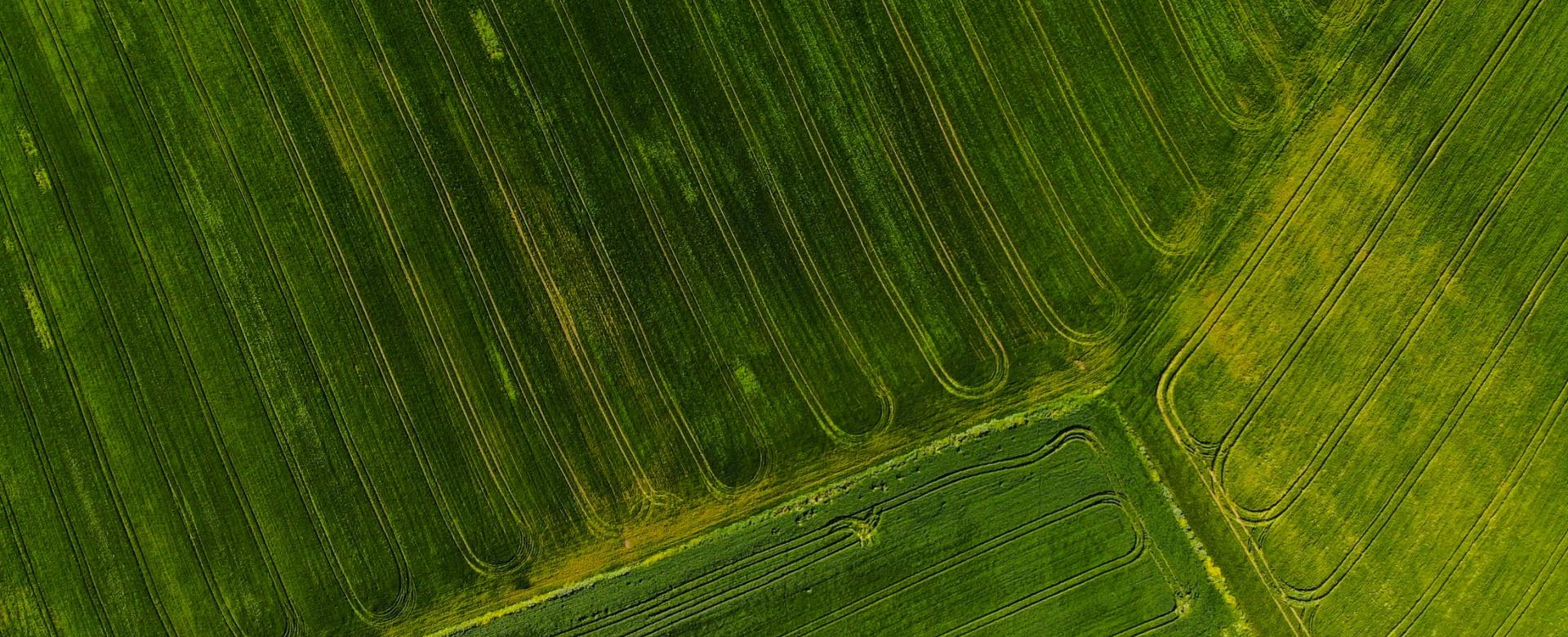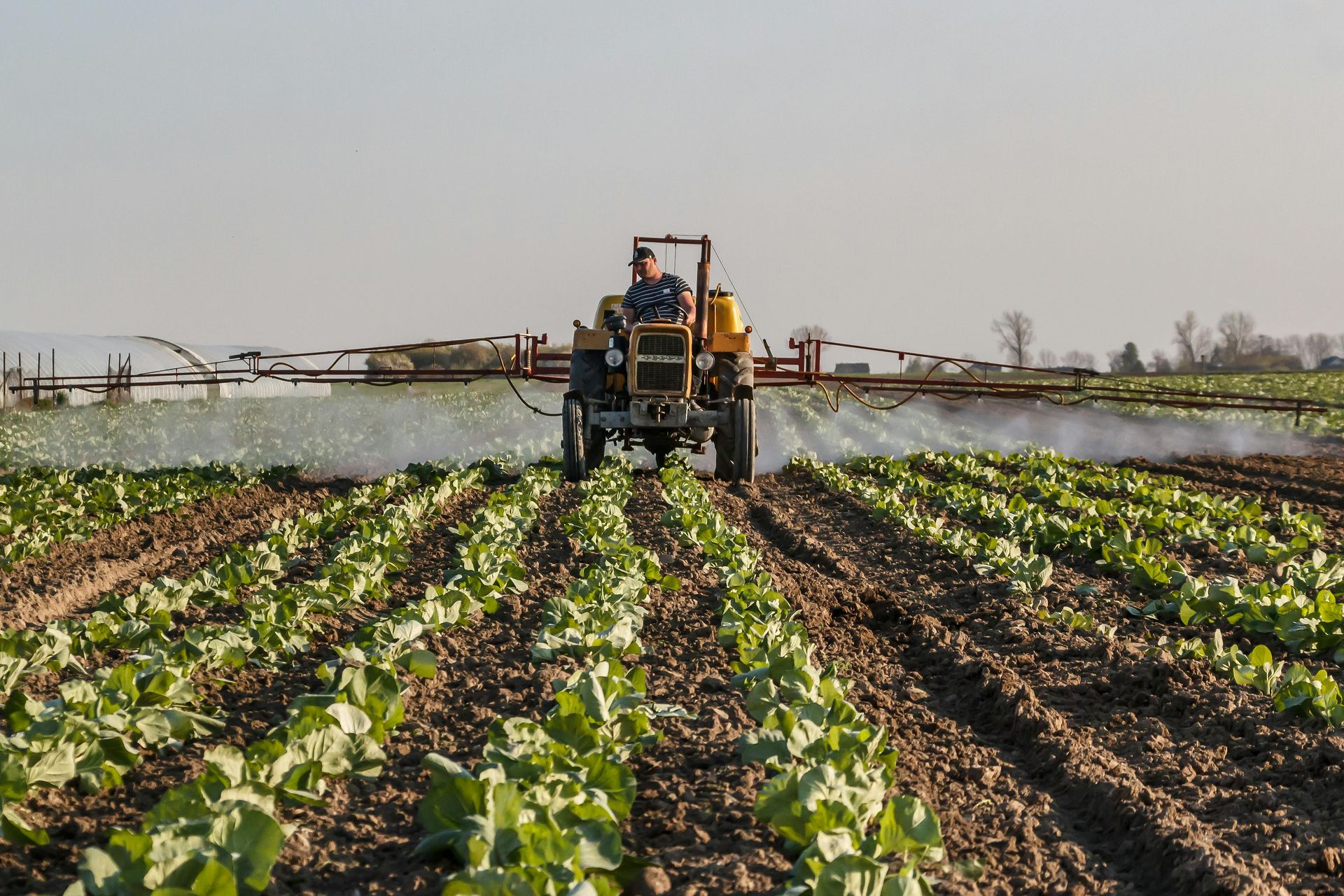How many acres can one soil sample cover?
Noel Garcia CCA • September 15, 2020
How many acres can I test with one soil sample?

Soil testing is the most practical way of determining whether lime and fertilizer are needed for your crop. However, if a soil samples does not represent the general soil conditions of the specific field, the recommendations you get based on the sample submitted to the lab may be misleading. It is of upmost importance that the soil sample be representative of the entire field.
The objectives of soil testing are:
1.) To obtain samples that accurately represent the field from which they are taken.
2.) Estimate the amount of nutrients that should be applied to provide the greatest economic return to the farmer.
3.) Estimate the variation that exists within the field and how the nutrients are distributed.
4.) Monitor and track changes in the nutrient status of the field over time.
A free resource you can use before sampling is the USDA-NRCS Web Soil Survey https://websoilsurvey.sc.egov.usda.gov which shows the specific soil types of your field. Soil samples must be taken within the same soil type, management area or crop performance. Yield Maps are also a great tool to aid in designating sampling areas.
For Irrigated crop land, soil samples should be taken every + 40 acres with multiple subsamples thoroughly mixed taken from the surface down thru 12 inches. Pastures should be sampled from 0 to 6- inch depth.
Dryland crops should have soil samples taken from + 100 acres.
For Deep-rooted crops and long-term evaluations, it is recommended taking subsoil samples (12-24 inches and 24-36 inches). They should be kept and tested separately for additional nutrient deposits.
Soil testing should be done annually for best results and to keep you out of the guessing game. Submitting samples with adequate information to the lab regarding current crop and your next crop including yields, irrigation source, problems, fertilizer or amendment applications will provide us the information we need to give you fool-proof recommendations and give you the greatest return on your investment.



